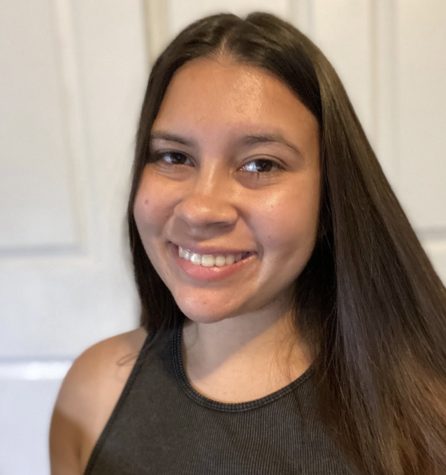In celebration of Indigenous People’s Day, San Diego State’s Native Resource Center held a Community Check-In on Oct. 13 via Zoom as part of their Indigenous People’s “Week of Action.”
The event was a conversation-based meeting focusing on indigenous sovereignty and recognition of the land SDSU resides on.
Kinesiology sophomore Leah Chavez is the program assistant at the Native Resource Center and the Community Check-In event planner and leader. Chavez co-hosted alongside the Native Resource Center Director Chris Medellin.
“For our Week of Action I had decided to go over the topic of Indigenous Sovereignty,” Chavez said. “I’d like to create a space where people are comfortable to talk.”
This year’s celebration of Indigenous People’s Day differs drastically from last year.
Aside from virtual accommodations, this was the first year to include a Week of Action with collaborations with The Native American Students Alliance, The Elymash and Yuuchaap Indigenous Scholars and Leaders Program and The American Indian Studies Department.
The main topic for discussion was resilience. The event’s conversational aspect created a comfortable yet educational space for indigenous perspective and philosophy, including issues of students’ views of strength, how they define it and ways to persevere through hardships to stay close with their culture.
Resilience has to do with emotional strength in Indigenous communities and cope despite the hardships and obstacles coming forth. Resilience is just an element of resistance.
Graduate history student John Mollet is a mentor for the Elymash Yuuchaap Indigenous Scholars and Leader Program. “Me and you against the world” is what he tells his mentees about remembering who they are and where they come from.
For Medellin, the tradition and culture of indigenous people exist from within.
“We live in the existence of our skin every day,” Medellin said.
Some tips on resilience include staying connected with your communities and families, focusing on the positive side of things, learning to experience or practice different traditions and realize it takes generations to solve the memories of hardships and struggles.
A former member of the Native American Collaboration Project, Sam Beltram, advised students not to maintain the status quo in modern society and continue carrying their ancestors’ traditions.
“Being Indigenous, keeping our Tribal identities in Lilly white spaces,” Beltram said when speaking about spreading more knowledge and awareness about the persevering of indigenous culture in a white-supremacist society.
Towards the end, two questions were asked to participants – “Who do you go to when you are struggling with resiliency” and “Have you found your strengths while engaging in resilience and what are they?”
Many of them revealed how accepting yourself within the native community can be a daily struggle. From speaking with their parents and elders to taking a step back to remember the bigger picture in life, these Indigenous individuals are encouraged to embrace their identities now more than ever.
“Seeing that a few people shared their thoughts in the chat or in the Zoom video showed that it went as I had hoped,” Chavez said.
For more information on how to learn to become more active in this community or be in part as an ally, you can follow their Instagram here.









